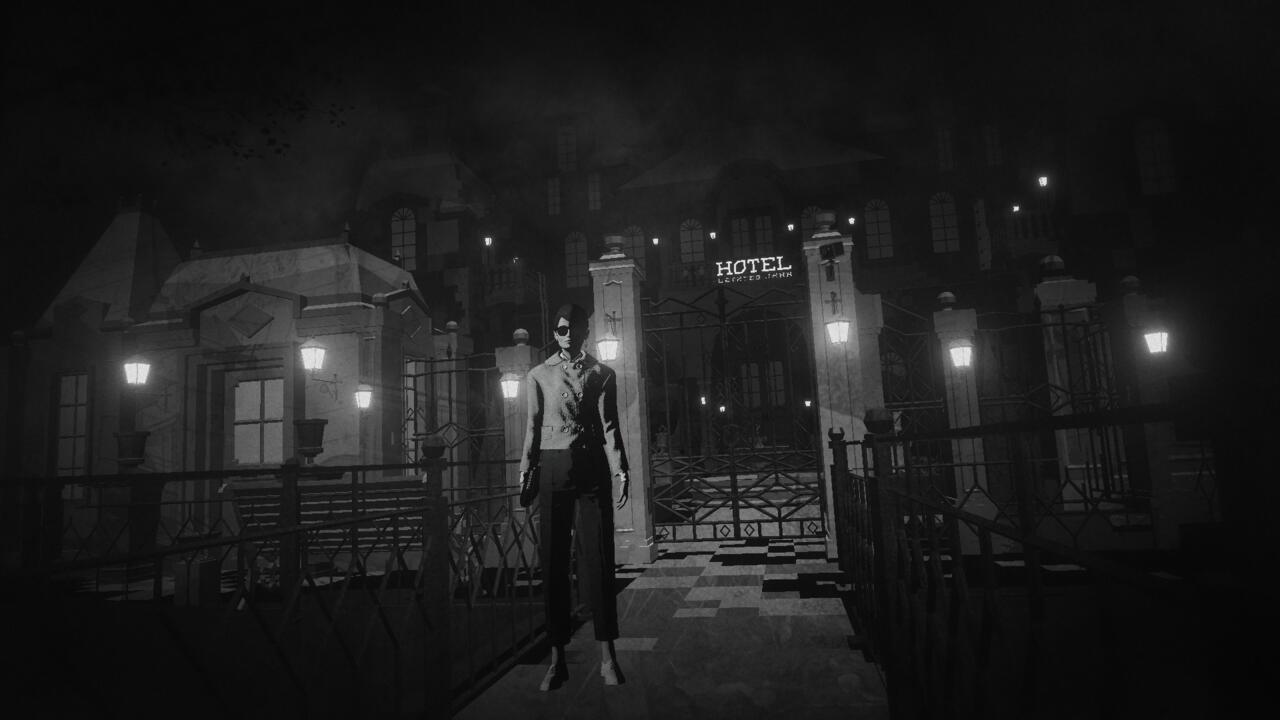I've never really given much thought to the differences between a labyrinth and a maze. That is, until I played Simogo's Lorelei and the Laser Eyes. A labyrinth, as I know now, is a singular path, twisting and turning, constantly changing in direction. It invokes the illusion of feeling lost, despite the fact that its path always leads to a center. A maze, on the other hand, has multiple paths, filled with dead ends, wrong turns, and requires trial and error to reach its end. The former can be a meditative and reflective journey for some, while the latter is a trying experience that requires patience and perseverance to see it through. Despite these differences, Lorelei and the Laser Eyes brings them together through mechanics, themes, and narrative. The result is a gaming experience that masterfully interlocks storytelling with design, making it one of Simogo's finest achievements, and one of the most impressive narrative puzzle games in recent memory.
Lorelei and the Laser Eyes is a psychological horror puzzle game that sent me on a winding journey through a black and white, neon-red-accented hotel, to untangle a mystery that blurred the line between fact and fiction. It is dense with puzzles, heavy on story, but both are interwoven, and that is key to the way it unravels. I was consistently thrown off the path to the truth, led astray in what I perceived as a maze, when in actuality, I was being armed with knowledge that led me through a labyrinth to the game's heart-wrenching conclusion.
 Lorelei and the Laser Eyes
Lorelei and the Laser EyesWith no setup or direction, the game simply begins. You take control of a suave, sunglasses-wearing, 1960s mod-style dressed woman, standing alone in the woods at night, just outside the historic-looking Hotel Letztes Jahr. Like its main character, you are thrown into this world with no knowledge of who or where you are, or why you're there. The goal of the game is to find the truth, as said verbatim in the game's manual, which is found within the world itself as opposed to being accessible by default. This obtuse direction set the tone for the game--foreshadowing that I was going to have to work to understand anything and everything on the journey before me. It pulled me right in, feeding into my natural curiosity and love for mysteries. The discovery of its hidden truths is tracked via a Truth Recovery percentage in the game's menu. It isn't long, though, until you find a letter with a vague and mysterious message signed by Renzo Nero explaining that you were invited to be at this hotel, on this date, in the year 1963.
Continue Reading at GameSpot